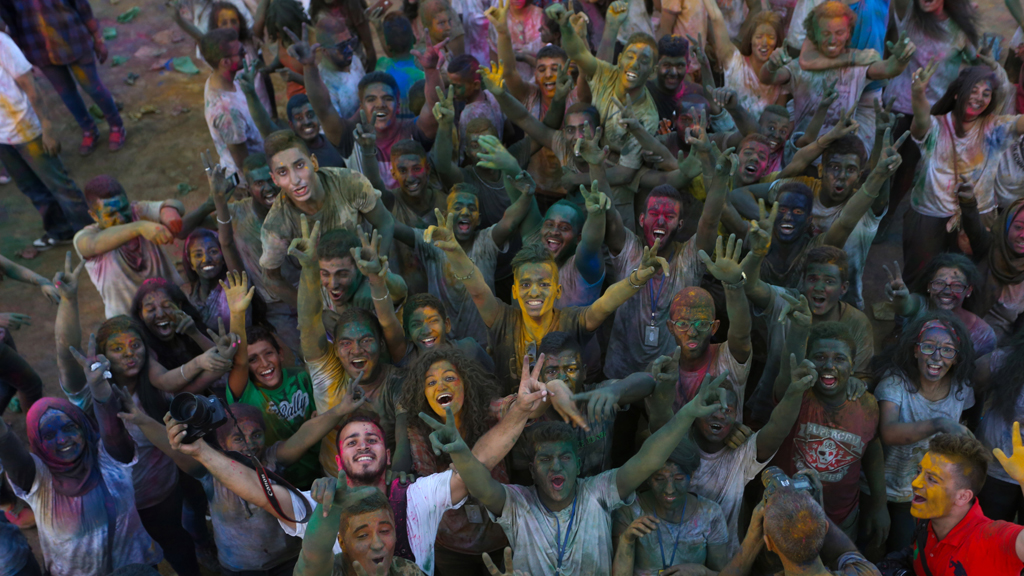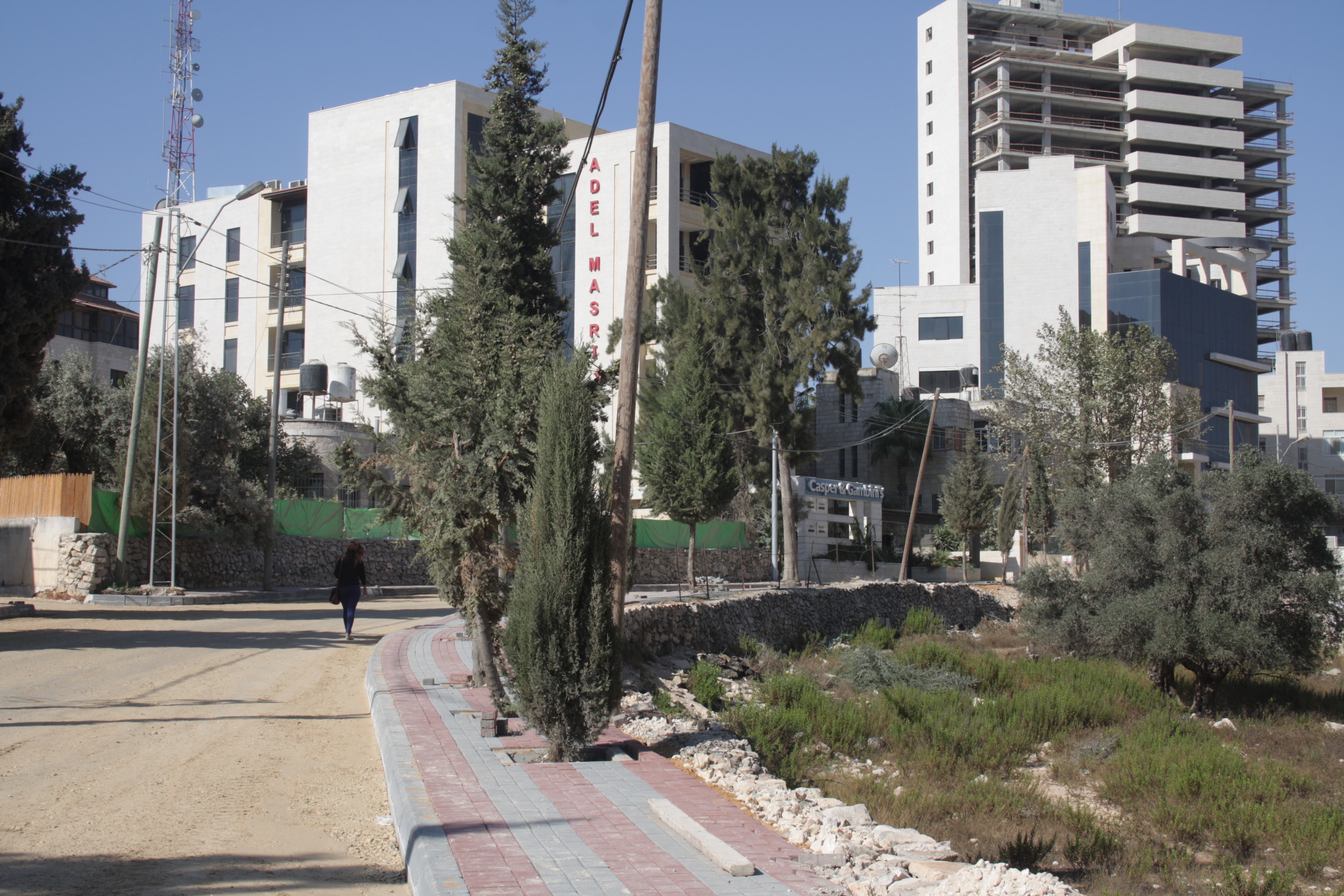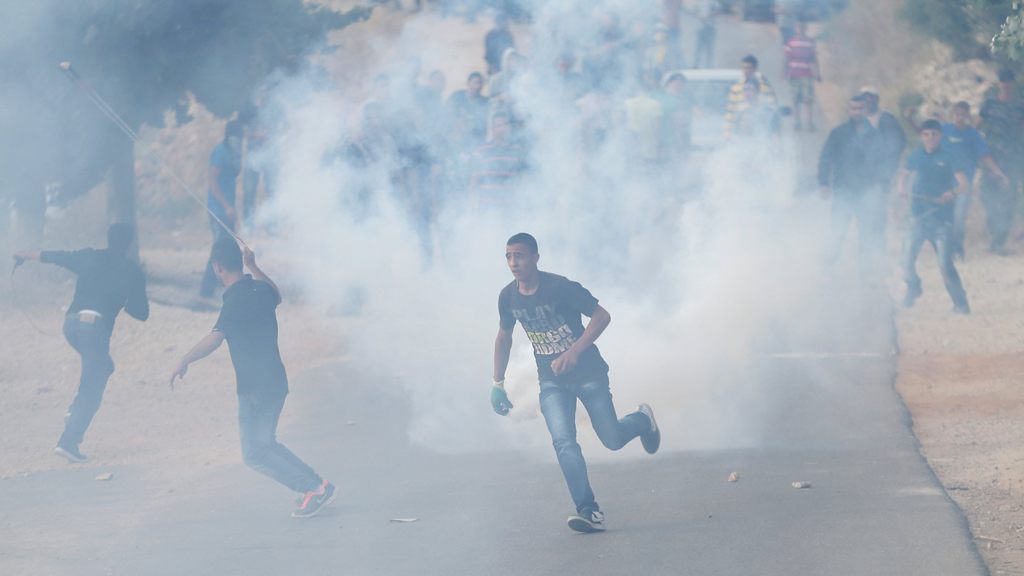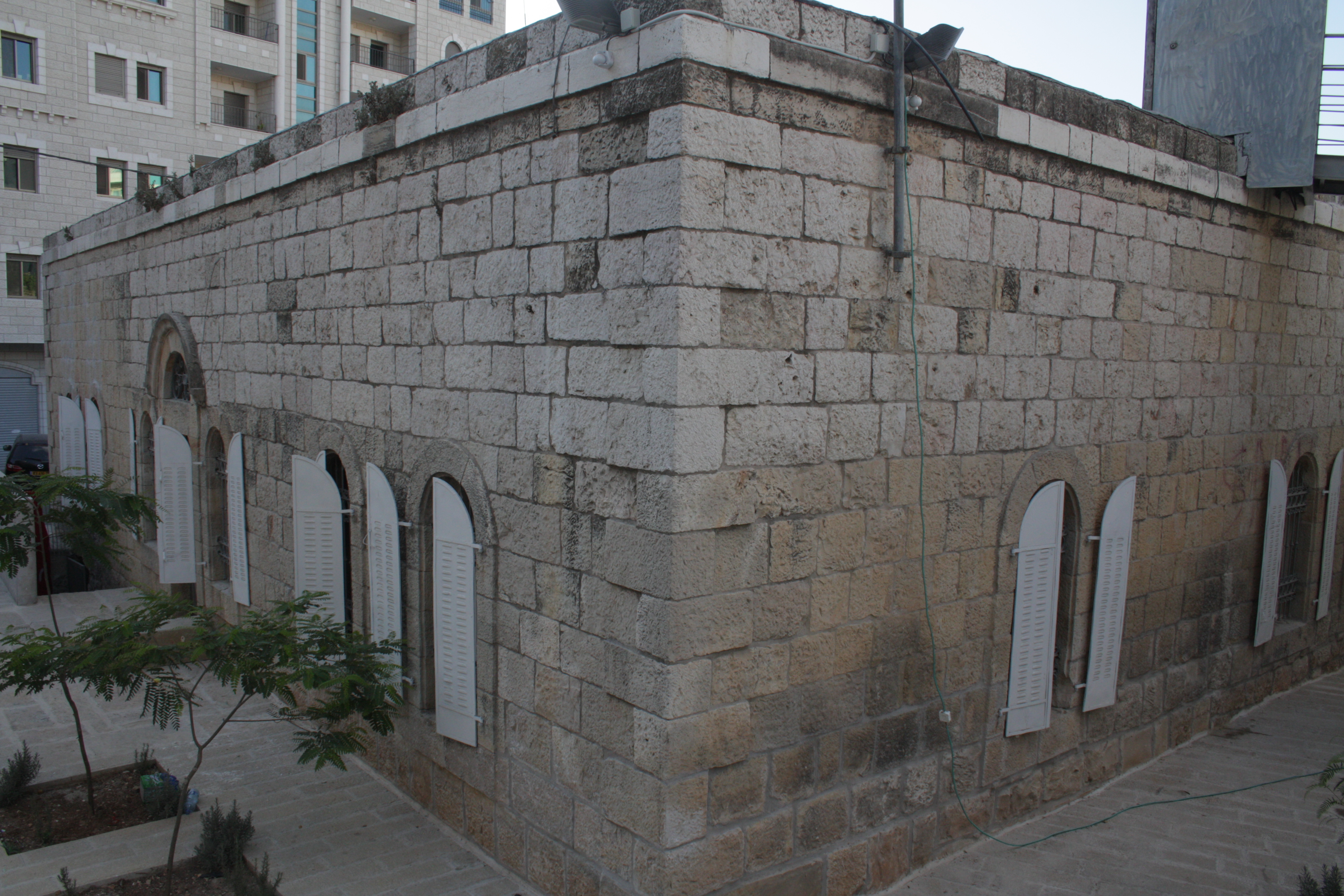The changing face of Ramallah

Three years ago, Zahran Jaghab turned his 250-year-old old family home in Ramallah's Old City into a museum and exhibition space. The 37-year-old welcomes visitors at Dar Zahran like guests in his home and leaves no question about the city's history unanswered.
"I wanted to do something to bring back the history of Ramallah and of my family, to show visitors that there's more to it than bars, expensive restaurants and coffee shops," he said over a cup of Arabic coffee. Back when Ramallah used to be a small Christian village in the outskirts of Jerusalem, the house was the residence of the mukhtar, or village chief, and a focal point for local life. Today, the vaulted stone rooms host an exhibition largely made up of family photographs and household items from before 1948, an art gallery and a handicrafts shop.
Between 1948 and 1967, when the city was under Jordanian control, most of Ramallah's original inhabitants as well as the majority of Jaghab's own family emigrated to the United States. Today, Christians make up an important minority in the city.
But Jaghab is going against the tide in holding on to Ramallah's past. In the second half of the 2000s, as the dust of the Second Intifada started to settle, the city became the centre of an economic boom in the Palestinian Territories that saw the West Bank's economy grow at an annual average rate of 8 per cent. Ramallah's population doubled in ten years, and investors started pouring money into real estate. The 150,000 people that make up the Palestinian Authority workforce were now eligible for bank loans that allowed them to live lifestyles and buy homes they wouldn't otherwise have been able to afford.

Boomtown Ramallah
Due to Israel's annexation of East Jerusalem, which is not recognised by the UN, Ramallah became the centre of business and government in the West Bank. After the 1993 Oslo Accords, Palestinians became the biggest per-capita recipient of aid in the world. Most of the Palestinian Authority's budget comes from international donor countries. Local and international NGOs have set up their headquarters in Ramallah and offer salaries sometimes as much as six times higher than the private sector.
The result is that today, Ramallah is a village of 35,000 with aspirations to become a metropolis. On Thursday nights, the start of the weekend, luxury cars line up outside trendy bars in the old city and in the upscale neighbourhoods of Masyoun or Tireh. The music is loud, and the alcohol flows freely. An international crowd mingles with local Palestinians who speak a mixture of Arabic and American English; cocktails and international food meet the standards of any European city, including in terms of price. During the day, business deals are made over €3 cappuccinos.
Some like to call Ramallah a "bubble", others say it rivals Tel Aviv, its bubble counterpart on the western side of the wall. Both fulfil a kind of anaesthetic role, while villages just a few kilometres away remain under threat of demolition by the Israeli military.

Ramallah, where the occupation is less visible
In Ramallah, the occupation is less visible, subtler, less militarised. Checkpoints are at least two kilometres outside the city and arrest raids are mostly limited to the cramped refugee camps in the city's periphery. And while Ramallah residents do not have to face the brutality of the military regime, they still have to deal with its bureaucratic apparatus and freedom of movement restrictions.
"Not only Ramallah but the entire occupied territory is not sustainable in the long term, if the restrictions and suffocation of the economy continue," Sam Bahour, a local businessman and economic analyst, told Qantara.de. With over 60 per cent of the West Bank under Israeli military and civil control and therefore off limits for Palestinian development, the entire economy is affected by Israeli restrictions on trade, resources and borders.
"There are economic things that we can and should be doing. First of all creating jobs and keeping people in Palestine. But any economic centre in Palestine might explode or implode based on the amount of restrictions, and based on how much the international community is willing to sustain this artificial reality," he says.
And while Gaza City is still waiting to rebuild homes that were damaged two wars ago, the sound of earthmovers is virtually everywhere in Ramallah.
"In the past 20 years, many historical houses were demolished in the Old City to make space for new buildings, streets. There's no planning, the city is subject to the whims of investors," says Zahran Jaghab. "This has political implications as well. Anyone visiting Ramallah will have the impression that the city is 25 years old, that Palestinians have no history in this land," he said.

Preserving disappearing Ramallah
According to the Ramallah-based organisation Riwaq, which works to preserve Palestinian cultural heritage by renovating and rehabilitating historical buildings and towns in the West Bank and Gaza, around 450 buildings were destroyed in Ramallah as a result of heavy investment in construction in the mid-2000s. More than half were located in the historical centre. According to Renad Shqeirat, an architect at Riwaq, the Ramallah municipality has in recent years changed its approach, and a further 400 buildings now have protected status. The organisation has been rehabilitating some of them for public use.
Their latest project in the city was Beit Saa, a 1910 building in the Old City that recently hosted "Cinema Sayyara", a project by artist Phil Collins that was part of Riwaq's art biennale. Originally exhibited in Germany's hipster capital, Berlin, it consisted of 1950s cars lifted onto the historical building's rooftop, paired with a programme of non-mainstream films. According to the organisers, "contemporary art, architectural conservation and cultural policy need not be in conflict with dynamic local engagements."
Whether a resilient place or an artificial reality, the city continues to thrive – and build – both in spite of and because of everything that is going on around it. In the shadow of the multi-million Movenpick Hotel and the Palestine Trade Tower with its revolving restaurant, this city is looking to the future, even if it is one built on shaky foundations.
Ylenia Gostoli
© Qantara.de 2015